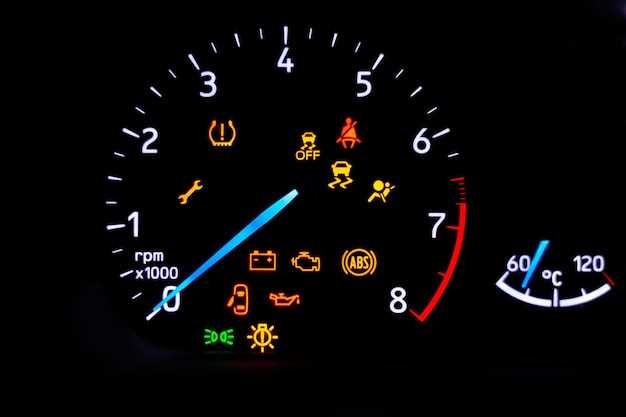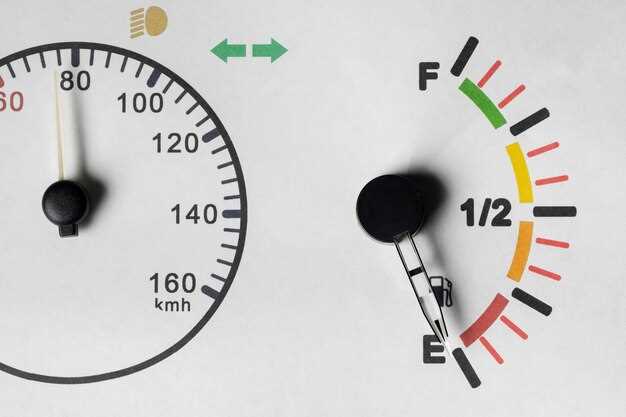Signs of Engine Wear in High-Mileage Fiats

As vehicles age, especially those with high mileage, they often present a variety of issues that can significantly impact their performance and longevity. In the case of Fiat cars, the engine is one of the most critical components to monitor. Regularly assessing engine wear is essential for any owner of a high-mileage Fiat to ensure the vehicle remains reliable and efficient.
High mileage can lead to various engine-related problems, ranging from minor inefficiencies to severe mechanical failures. Common indicators of engine wear include increased oil consumption, unusual noises, and changes in engine performance. Recognizing these warning signs early can save owners from more extensive repairs and costly replacements down the road.
Understanding how to identify engine wear in high-mileage Fiats can empower owners to take proactive measures. By being vigilant about mileage-related issues, owners can maintain their vehicles better and ensure that their engines run smoothly for many more miles to come. This article will delve into the key signs of engine wear and provide practical tips for Fiat owners looking to keep their cars in top condition.
Common Signs of Engine Wear in Older Fiat Models

Engine wear in older Fiat models can manifest through various noticeable symptoms. Identifying these issues early can help prevent further damage and costly repairs. One of the primary signs is increased oil consumption. If you find yourself frequently topping up the oil, it may indicate that the engine is wearing down and failing to retain lubrication effectively.
Another common symptom is unusual engine noises. Rattling or knocking sounds during operation often suggest that components like pistons or bearings are experiencing excessive wear. If these sounds become more pronounced at higher RPMs, it could be a sign that immediate attention is required.
Moreover, a drop in engine performance is frequently observed in high-mileage Fiats. This may include a lack of acceleration or reduced power output, indicating that internal components are struggling due to wear. Accompanying this decline may be poor fuel efficiency, revealing that the engine is working harder than usual to maintain performance.
Additionally, visible oil leaks can be a clear indicator of wear and tear. If you notice oil pooling under the vehicle or seals that appear worn, this could point to gasket failures caused by prolonged engine use. Lastly, smoke from the exhaust can signify serious engine issues, with blue smoke often indicating oil burning due to internal wear.
Paying attention to these signs can significantly aid in diagnosing engine wear issues in older Fiat models, allowing for timely maintenance and repairs.
Diagnostic Tools for Assessing Engine Condition
When evaluating the condition of a high-mileage Fiat engine, it is essential to utilize appropriate diagnostic tools to accurately assess wear and performance. These tools provide valuable insights that can help identify potential issues before they escalate into significant problems.
One of the primary tools used for engine diagnostics is the OBD-II scanner. This device connects to the vehicle’s onboard diagnostics system and retrieves fault codes that indicate issues related to engine wear, emissions, and other critical parameters. By analyzing these codes, mechanics can pinpoint specific areas of concern related to high mileage.
Another effective tool is the compression tester. This device measures the pressure in each cylinder, providing insights into the overall health of the engine. Low compression readings can indicate wear in the piston rings or cylinder walls, common issues in high-mileage vehicles. Regular compression tests can help track changes over time and assess the need for repairs.
The use of a boroscope is also invaluable in evaluating engine wear. This tool allows technicians to visually inspect the internal components without disassembling the engine. By examining the cylinder walls, valves, and piston surfaces, mechanics can detect signs of wear and tear that may not be apparent through other diagnostic methods.
Oil analysis is another critical diagnostic tool, particularly for high-mileage engines. By examining the oil for contaminants and wear metals, technicians can gain insight into the engine’s internal condition. Elevated levels of specific metals in the oil can indicate excessive wear, helping to guide maintenance decisions.
Ultimately, a combination of these diagnostic tools provides a comprehensive assessment of engine condition. By regularly monitoring wear and performance metrics, Fiat owners can proactively address issues, ensuring the longevity and reliability of their high-mileage vehicles.
Preventive Maintenance Tips for High-Mileage Fiat Engines

Maintaining high-mileage Fiat engines is crucial to prevent potential issues that can arise from wear and tear over time. Implementing a routine maintenance schedule can help extend engine life and optimize performance. Here are essential tips to consider:
- Regular Oil Changes: Engine oil lubricates moving parts and reduces wear. For high-mileage engines, consider using high-mileage oil that contains additives designed to minimize leaks and protect older engines.
- Frequent Filter Replacements: Change oil filters regularly to ensure proper oil flow. Clogged filters can lead to severe engine issues over time.
- Inspect Fluid Levels: Regularly check and top off fluids, including coolant, transmission fluid, and brake fluid. Low fluid levels can lead to significant wear and functional problems.
- Monitor Belts and Hoses: Examine belts for signs of fraying and hoses for leaks or cracks. Replacing these components before they fail can prevent more serious issues.
- Cylinder Head and Gasket Checks: Inspect the cylinder head and gaskets for signs of wear or leaks. Addressing these issues early can prevent more expensive engine repairs.
Additionally, it’s beneficial to keep an eye on the following:
- Timing Belt Replacement: Adhere to replacement schedules based on mileage. A broken timing belt can lead to catastrophic engine failure.
- Fuel System Maintenance: Clean or replace fuel injectors as necessary to improve efficiency and reduce wear on the engine.
- Regular Engine Diagnostics: Utilize diagnostic tools to identify potential issues before they escalate. Early detection can save time and money.
By following these tips, Fiat owners can reduce the risks associated with high mileage and ensure their engines remain in optimal condition for years to come.



